This post may contain affiliate links. Please see our disclosure policy.
Danish Christmas Recipes focus on simple comfort food passed down for centuries through tradition. Still, often Danes can’t agree on what constitutes a true traditional Danish Christmas meal.
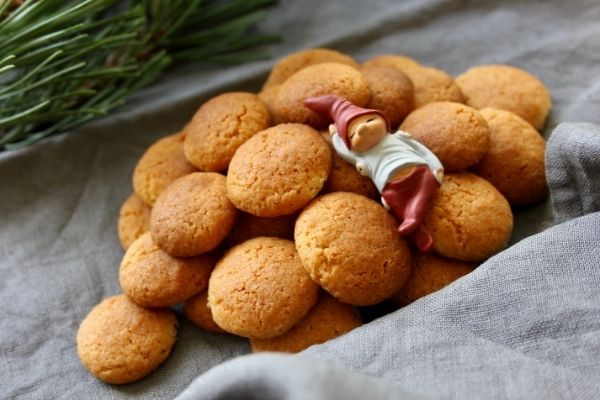
(This post is written by Pia Sonne, a native of Denmark and the writer behind the blog Busy Hands, Quiet Hearts.)
There are several things Danes mostly eat at Christmas time. These go way back to when you had the ingredients available only in season or wanted to show off your wealth by the number of spices and sugar you could put in a dish.
While white flour, sugar, and cream may be common enough these days, historically they were special treat foods. Most traditional Danish Christmas recipes come from a time when simply adding cream and cardamom to a dish made it an extravagance.
Most Danish Christmas foods are easy to make, relatively inexpensive, and incredibly comforting.
Risengrød
Risengrød is a delicious porridge made with rice and milk and served with cinnamon sugar and plenty of butter. These days it’s often made on the stovetop or slow cooker, but historically, it was “put to bed” by wrapping the pot in blankets to create a simple slow cooker after the mix was brought to a boil.
Though it’s a simple dish, it’s the basis for other Danish Christmas recipes, namely Risalamande and Klatkager, both of which are made with cold leftover Risengrød. (And they’re arguably more delicious than the original dish!)
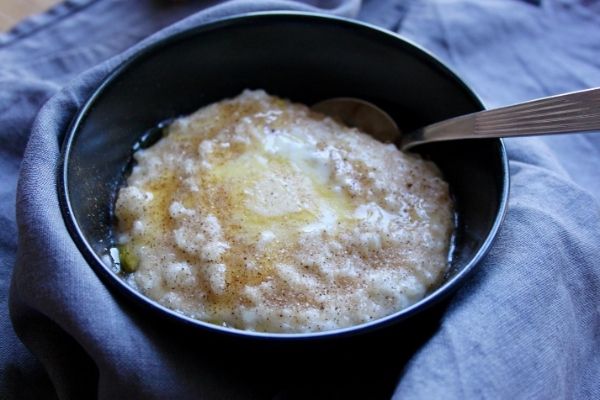
Sylte (Head Cheese)
“At sylte” is the Danish verb for to pickle, but sylte as a noun means brawn or head cheese. This is traditionally made by boiling a pigs head and sometimes also the trotters in a big pot for several hours.
You then pick off all the meat and maybe the brain and some eyeballs if you are brave (they are delicious by the way) and pour over the broth from the pot.
The broth is very gelatinous and will go stiff and preserve the meat.
Danes often have brawn with mustard and pickled beets on rye bread.
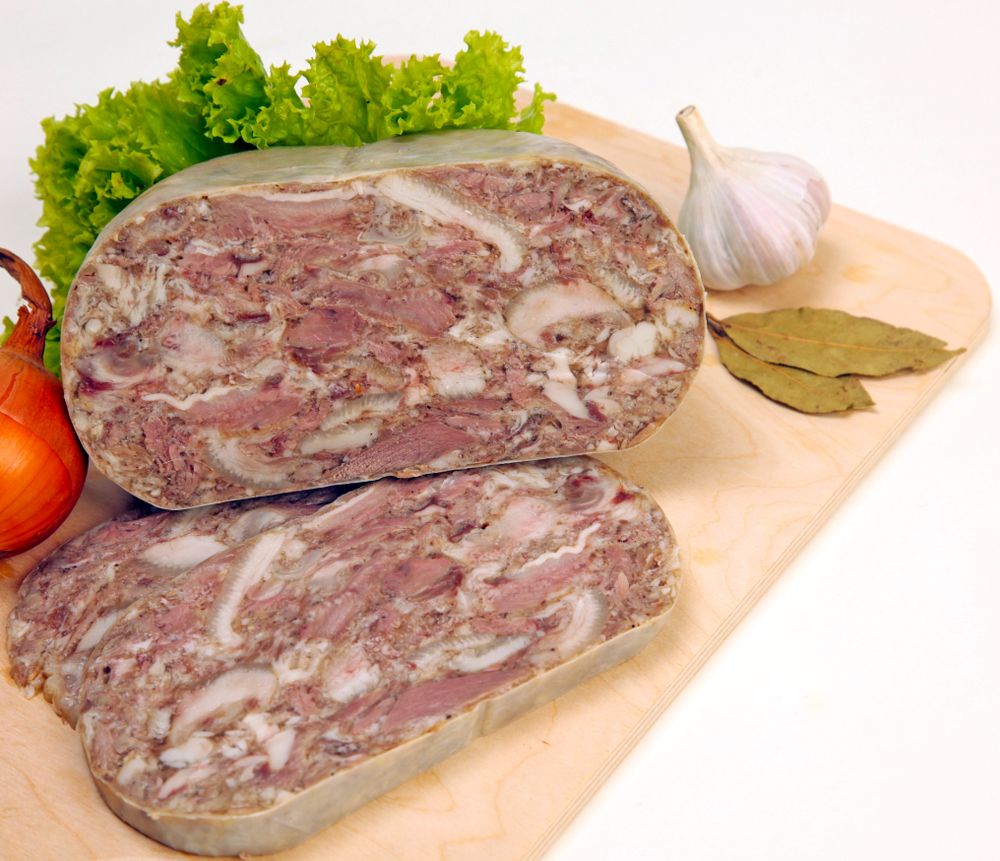
Blodpølse (Blood Sausage)
Blodpølse means blood sausage or black pudding. It’s a mixture of fresh pig’s blood, fat, spices, sugar, and raisins, which is then boiled.
Danes have different ways of eating blodpølse. I grew up eating it “straight” with sugar. Some have it with jam as well. Other’s fry it on a pan before eating it.
Blood sausage is often purchased, but if you’d like to make your own, there’s a recipe in The Nordic Cookbook.
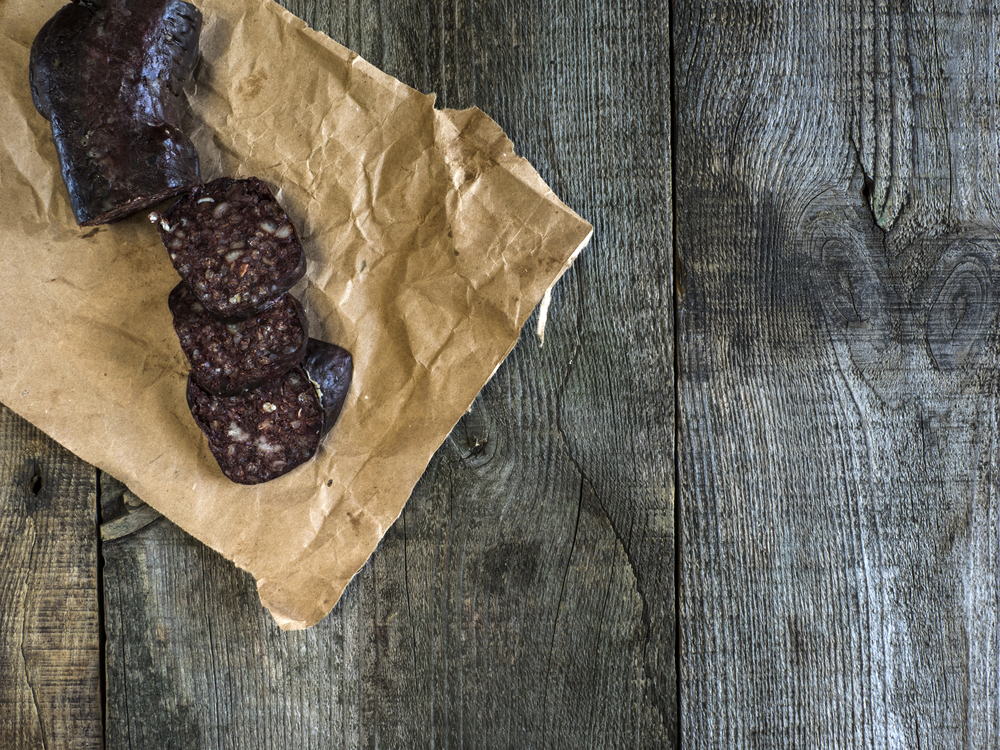
The Christmas Dinner Roast Debacle
The dinner on Christmas Eve, which is when Danes celebrate Christmas, is something that can really divide people.
It’s traditional to have a roast, but what kind?
Flæskesteg med Rødkål (Roast Pork and Spiced Red Cabbage)
The first roast option is flæskesteg. In 2018, 64% of Danes had flæskesteg on Christmas Eve.
Flæskesteg is a pork roast often made from the neck or the back of the pig. It’s served with rødkål, a spiced red cabbage dish.
Flæskesteg is served year-round and is also eaten cold on rye bread for lunch.
Getting the pork rind crisp is the biggest worry of every cook at Christmas. A good tip is to cut the rind in many places, but avoid cutting into the meat, then rub salt in all the cuts.

Andesteg (Roast Duck)
The second roast option, and my preferred Christmas dinner, is a duck. I’m not alone in this, 78% of Danes had duck on Christmas Eve in 2018.
Andesteg is a delicious duck roasted whole, stuffed with prunes, apples and often served with the entrails. It makes a glorious brown sauce and with the moist but tender meat and crisp skin, what’s not to love?
Danes typically only eat duck at Mortens aften (November 11th) and Christmas Eve.

Why the Math Doesn’t Add Up
But wait, you can easily tell that we’re already over 100% between the pork and the duck.
That would be because both kinds are served in many families.
Because the roast is such a devise matter, many families serve both kinds to please everyone. In some families, you have to eat both, while in others you are free to pick the meat you prefer.
All Kinds of Potatoes
You can’t have Christmas dinner without potatoes and many Danes serve several kinds at Christmas.
Most Danes have brown potatoes, which are sugar-glazed potatoes. In 2018, 85% had brown potatoes (Brunde Kartofler).
White potatoes are just plain old boiled potatoes without the skin on them. 86% have them for dinner on Christmas Eve.
Finally, half (52%) the population celebrating Christmas also have crisps or potato chips for dinner. If you’ve never had a really good brown sauce with plain salted crips you’re missing out.
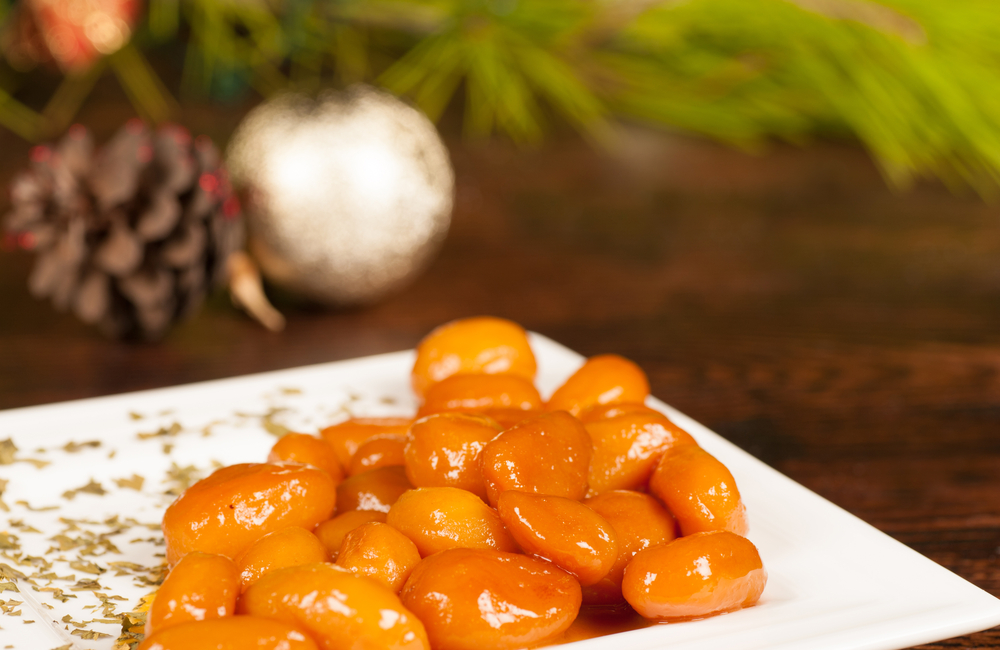
Risalamande with Cherry Sauce
For dessert, 88% of Danes have risalamande with cherry sauce. You can learn to make your own as well as read about the game we play while eating it here: Danish Risalamande.
It seems like we Danes need to argue over the food at Christmas. It’s almost a tradition of its own. When it comes to risalamande, we debate whether the cherry sauce should be warm or not.
In 2018, 75% had their cherry sauce warm, 18% had it cold and 7% didn’t have any cherry sauce at all on their risalamande.

After the Christmas Dinner
Danes aren’t done eating on Christmas Eve when the winner of the mandelgave has been found. Instead, we carry on with our Christmas traditions and with eating.
Besides eating a whole slew of homemade traditional Danish Christmas cookies we also indulge in konfekt.
These confections are made with primarily marzipan and nougat, chocolate, and nuts.

Many families (50% in 2018) make these themselves in the weeks leading up to Christmas as it’s great fun to do with children.
(Source for Christmas Statistics Here)
Danish Christmas Recipes
Looking for more Traditional Danish Holiday Recipes?
- Danish Klejner
- Danish Havregrynskugler
- Danish Luciaboller
- Danish Jodekager
- Danish Peppernodder
- Danish Aebleskiver
- Danish Butter Cookies (Vaniljekranse)
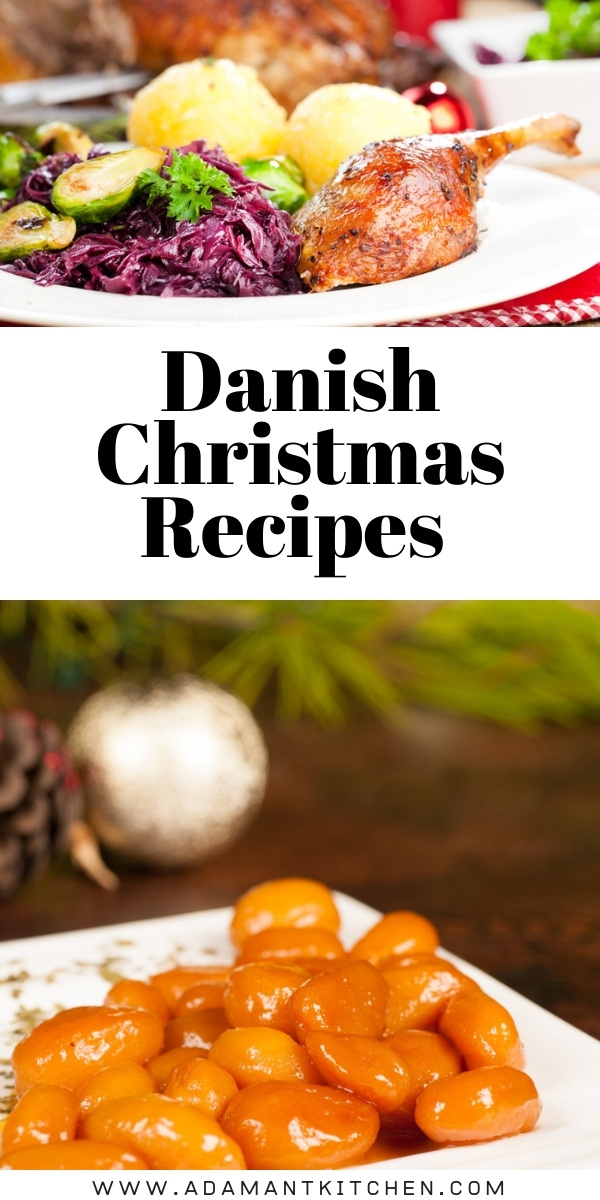



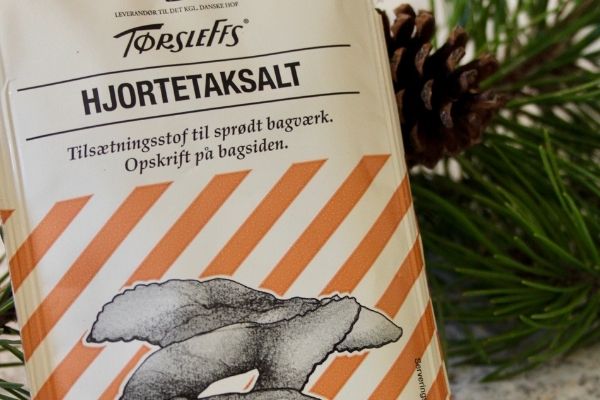
Bestamor was Norwegian, Bestafore was Danish, They lived after 1920 in Danevang, Tx. Bestamor was not a good cook and neither was my Mother, but many in Danevang were! I want to attempt to cook a traditional meal for my family this year (22) and you are the first I have found that has familiar traditions. I am a fair cook and must have detailed recipes! I have some and make them every year. I want them all. Lol. . I must pull up your site to see if yours work. Thank you.
Do you have a book?
I love the variety of Danish Christmas recipes you’ve shared! The sound of Æbleskiver is making my mouth water, and I can’t wait to try making them this year. Thanks for the inspiration!